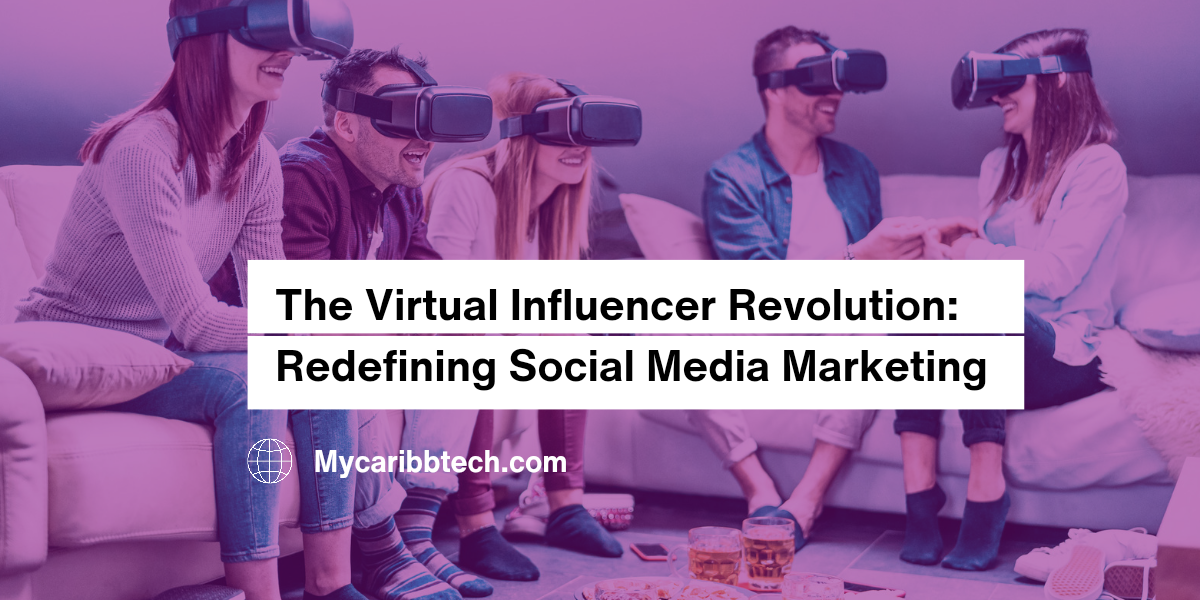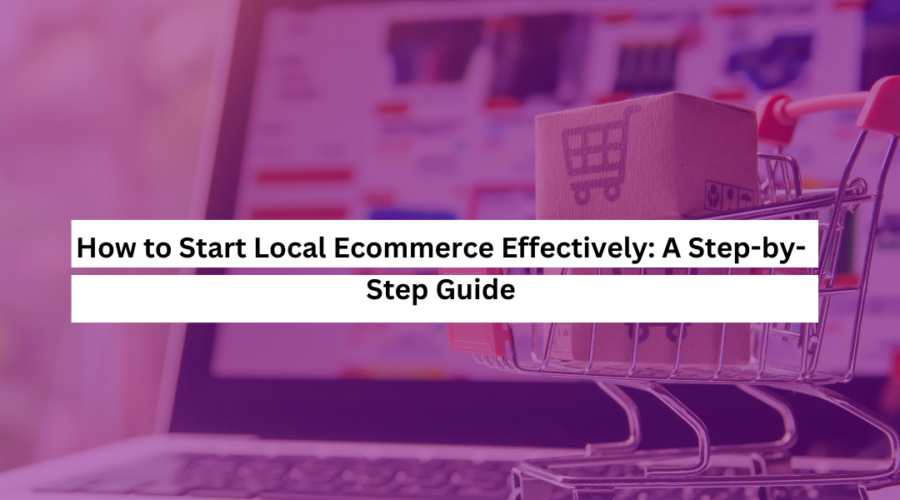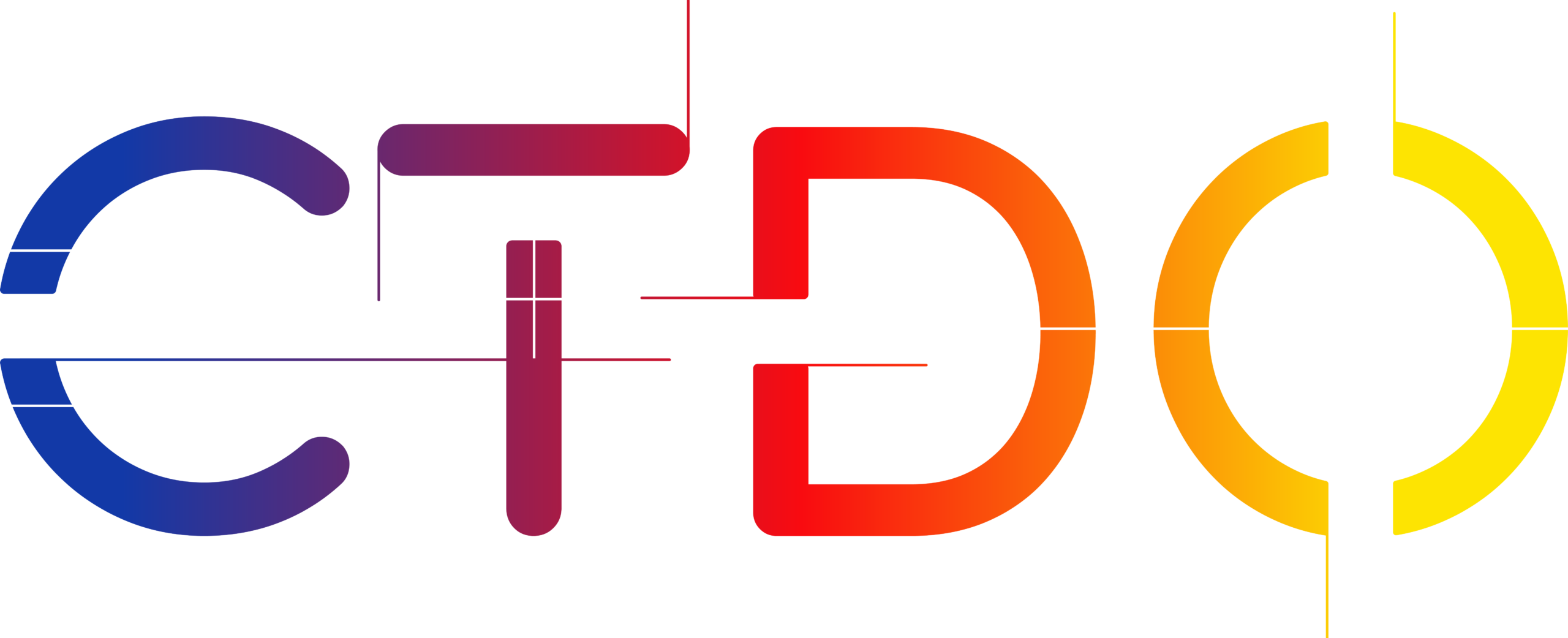Virtual influencers have taken the world of social media by storm. These computer-generated personalities, often indistinguishable from their human counterparts, are rewriting the rules of influencer marketing. In this blog, we’ll explore the rise of virtual influencers, their impact on the digital landscape, and the strategic implications for businesses and marketers.
The Rise of Virtual Influencers
Virtual influencers are not a new phenomenon, but their popularity has skyrocketed in recent years. Companies are increasingly turning to these digital personas to promote their products and services. Why? Because virtual influencers offer several advantages over human influencers. They are available 24/7, never get tired, and always stay on-brand.
These digital avatars can also be tailored to fit specific niches and target audiences, making them a versatile tool for marketers. For instance, virtual influencers can be fashion-forward trendsetters, tech-savvy gurus, or eco-conscious advocates, all at the same time.
The Digital Human Economy

The rapid ascent of virtual influencers is a testament to the thriving “digital human economy.” According to Gartner, this market is projected to reach a staggering $125 billion by 2035. This flourishing ecosystem encompasses a range of AI-driven creations, from virtual influencers to digital celebrities and even AI companions.
This economic surge underscores the transformative power of AI and generative technologies. The appeal lies in the limitless possibilities they offer, enabling brands to craft captivating virtual influencers that connect with audiences in unique and compelling ways.
The Tools Behind the Magic

Central to the rise of virtual influencers are AI image generators such as Midjourney and Stable Diffusion. These cutting-edge tools have made the creation of lifelike avatars accessible to a broader audience. Now, anyone can design digital personalities that resonate with their target demographic.
The AI-Driven Micro-Influencer Startup
One company making waves in the virtual influencer arena is 1337, a startup named after a popular term in 80s gaming and hacker culture. 1337 leverages generative AI to create a community of AI-driven micro-influencers. These micro-influencers have hyper-personalized interests and diverse backgrounds, connecting with niche communities like gardening, emo music, vintage fashion, classical literature, and more.
The Power of Niche Communities
One of the key strengths of AI-driven micro-influencers is their ability to connect with niche communities. From gardening enthusiasts to vintage fashion aficionados, these micro-influencers cater to specific, passionate audiences. They create content that resonates deeply and authentically, leading to higher engagement rates and more meaningful connections.
The Future of Virtual Influencers
The rise of virtual influencers and AI-driven micro-influencers represents a paradigm shift in social media marketing. As AI technology advances, we can expect to see even more lifelike avatars, more authentic interactions, and more innovative content.
However, challenges lie ahead, such as ethical considerations and transparency issues. Virtual influencers have raised questions about authenticity and the need for clearer disclosure of their digital nature.
Conclusion
Virtual influencers are here to stay, transforming the influencer marketing landscape. Their versatility, availability, and niche appeal make them invaluable tools for marketers seeking to connect with highly engaged audiences.
In this digital age, it’s essential for businesses and marketers to stay ahead of the curve. Consider exploring virtual influencers and AI-driven micro-influencers to boost your brand’s presence and engage niche communities effectively. The future of influencer marketing is here, and it’s virtual.








